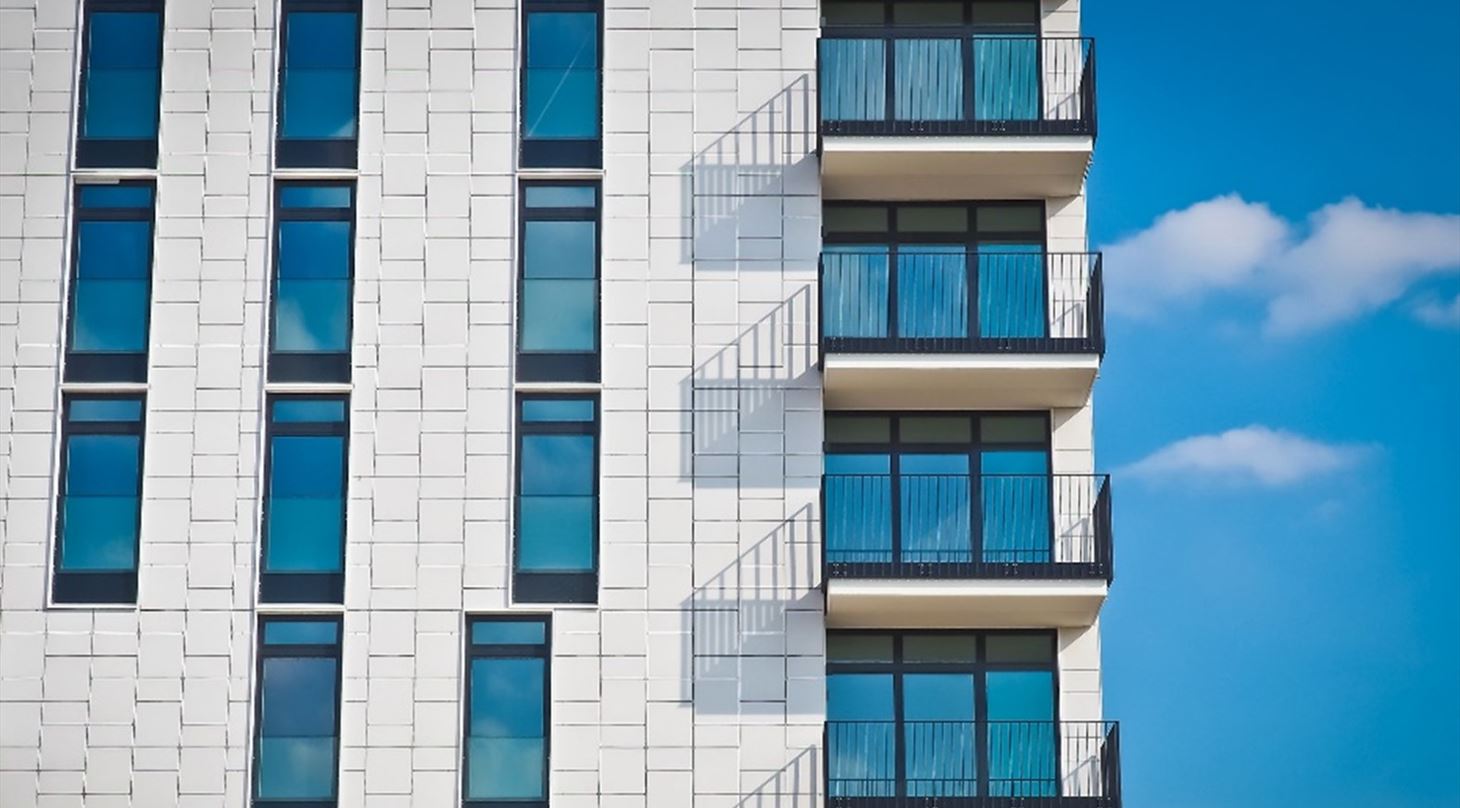
Advanced characterization of building materials
With advanced characterization, it is possible to look inside building materials and analyze their internal structure and composition. This provides unique insights into why materials function and potentially why they fail.
Concrete
With 3D mapping and imaging, it is possible to achieve a detailed spatial understanding of the structure of concrete, such as the distribution of stones, gravel, cement, fibers, and air voids. It is also possible to observe which crystalline phases in cement harden over time and how liquid in the concrete behaves during the hardening process.
Our characterization techniques also allow us to investigate how water and other substances like salt penetrate the material, as well as how temperature and mechanical stress can affect this penetration.
Steel
It is possible to understand structures, defects, metal fatigue, and hidden stresses. It is also possible to study steel inside other materials such as concrete. Read more about measurements in metal here.
Asphalt
With 3D mapping, it is possible to gain a detailed spatial understanding of the construction of asphalt, such as the distribution of stones, bitumen, and air voids. Subsequently, asphalt can be subjected to various influences to observe how water or salt penetrates it and how it is affected by factors like frost, high temperatures, or pressure equivalent to a car driving on it. It is also possible to examine the interfaces between different layers of asphalt and how they shift. This knowledge can help understand and counteract the development of fractures and the degradation of asphalt.
Through chemical mapping, we can observe how bitumen binds to stones and gravel in asphalt and map impurities.
Wood and Fiber Materials
Wood and fiber materials can be non-destructively examined for porosities and cracks to enhance safety in critical constructions. Additionally, moisture and liquids can be detected and mapped. 3D imaging can also be carried out on wood and fiber materials to create a model of the internal structure and understand the distribution and orientation of fibers. These advanced analyses can assist in the development of more sustainable, fire-resistant, and stronger wood-based building materials.
Other Building Materials
At the Technical Institute, we have experience with various materials and customer-specific characterization. Advanced characterization can be meaningfully performed on most materials. Feel free to contact us with questions regarding the analyses and materials not mentioned.